Our Blog - Cap Ferret, France
Once the weather cools off and it is officially "low season" at the beach, we like to head out and let Lucy have some beach-time. This trip, we headed to the Atlantic coast side to check out Cap Ferret and the northern-side of the Archachon Basin. We have another trip planned that will take us to the southern-side of the basin.
The beach here is massive ... and it is a pretty hefty hike from the parking area, over the dunes, and then down to the beach. Once we got to the top of the dune, we let Lucy run all the way down to the water ... you can somewhat see here running down the hill, although she blends into the sand a bit.
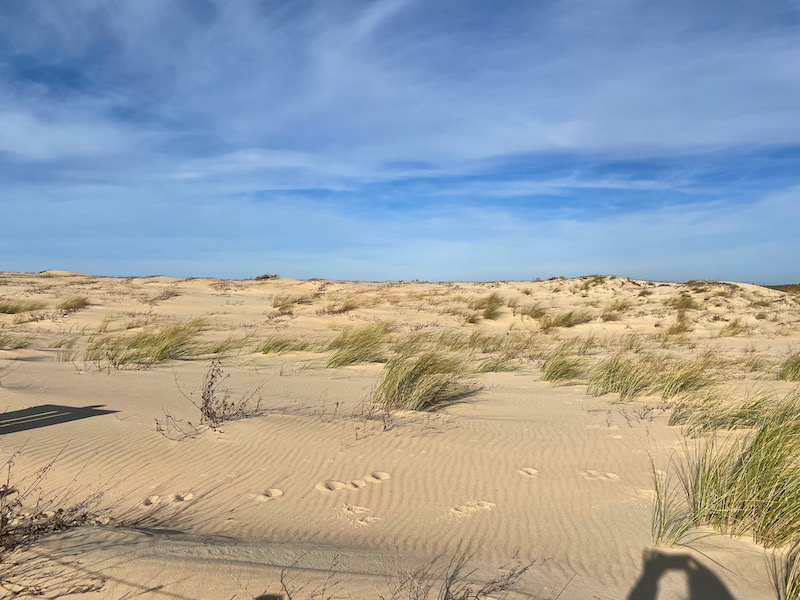
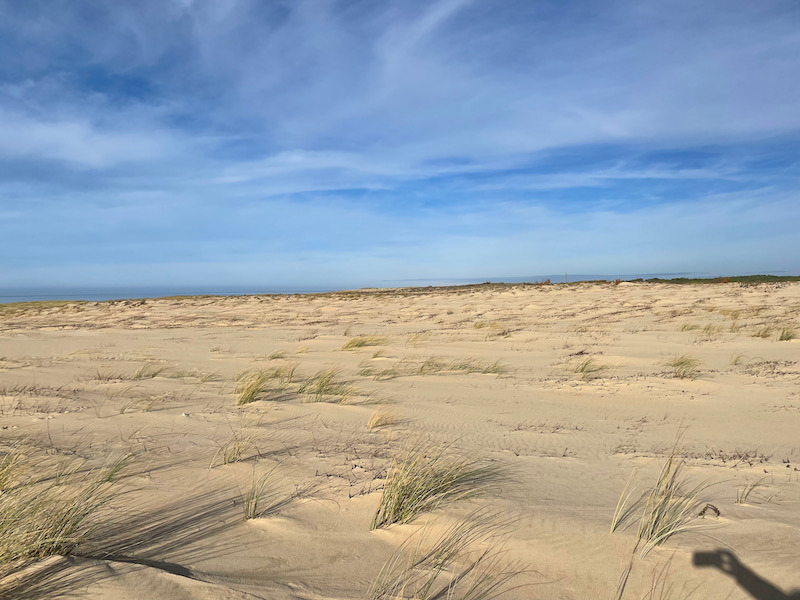
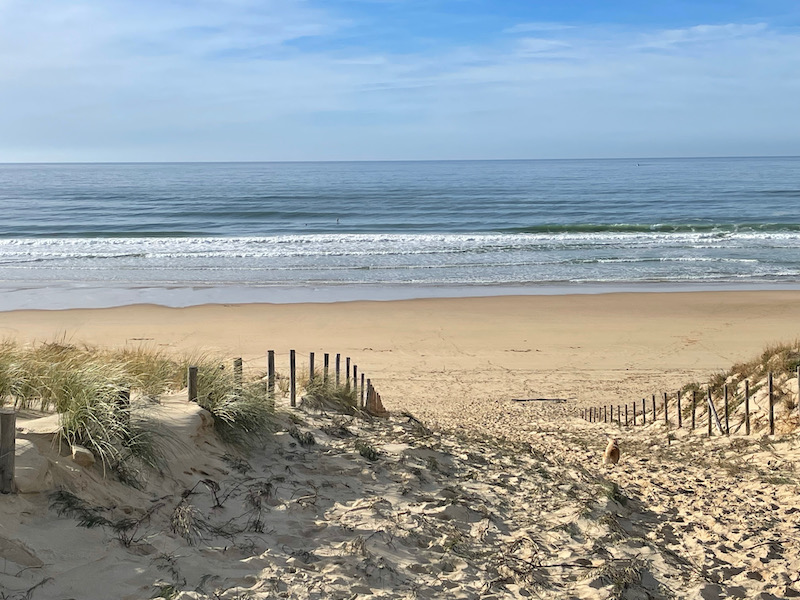
In addition to all of the dunes, the beach itself is also HUGE!
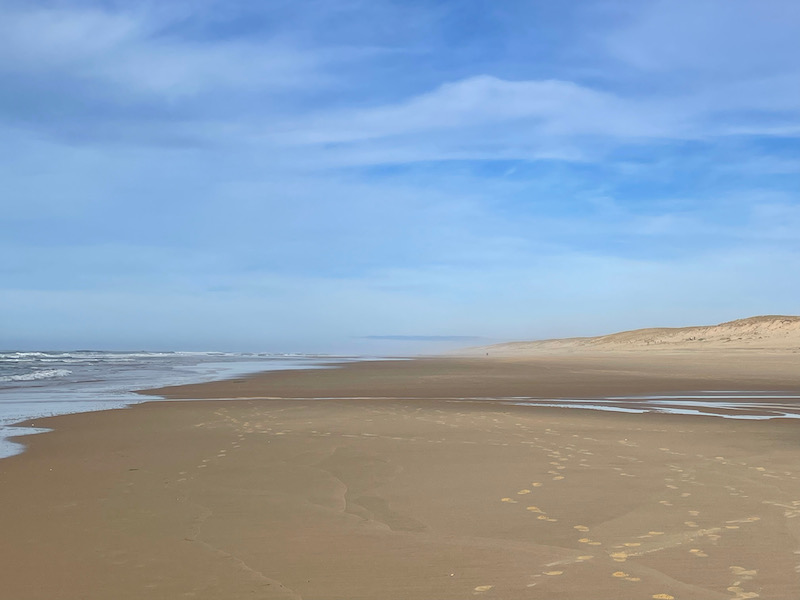
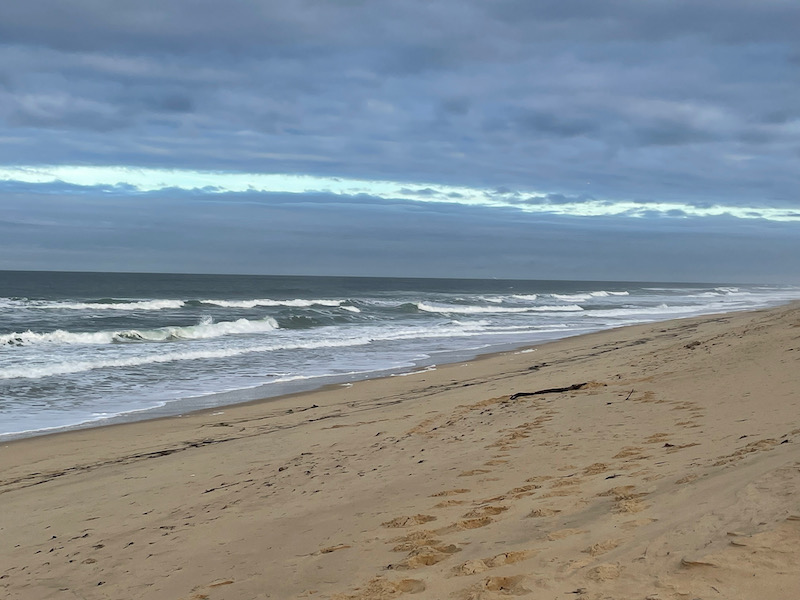
And of course, Lucy can always find something to chew on .. this time, it was a stick.
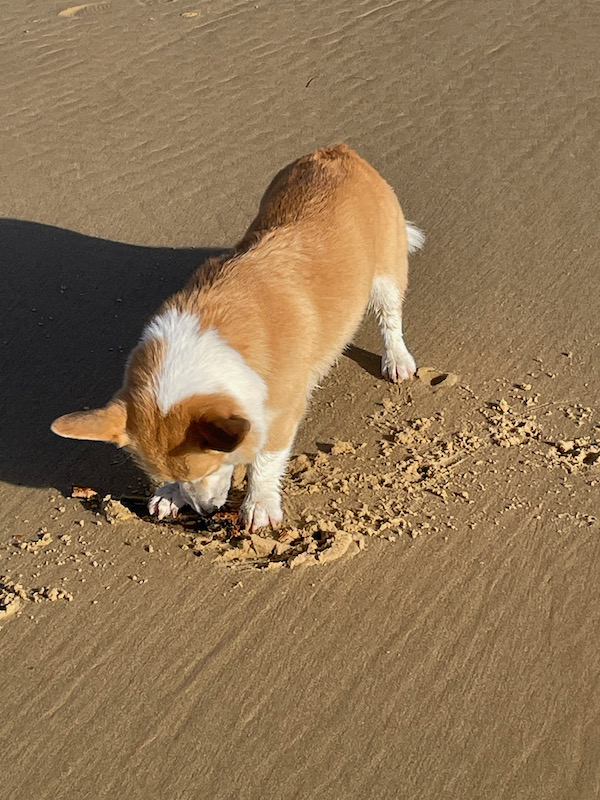
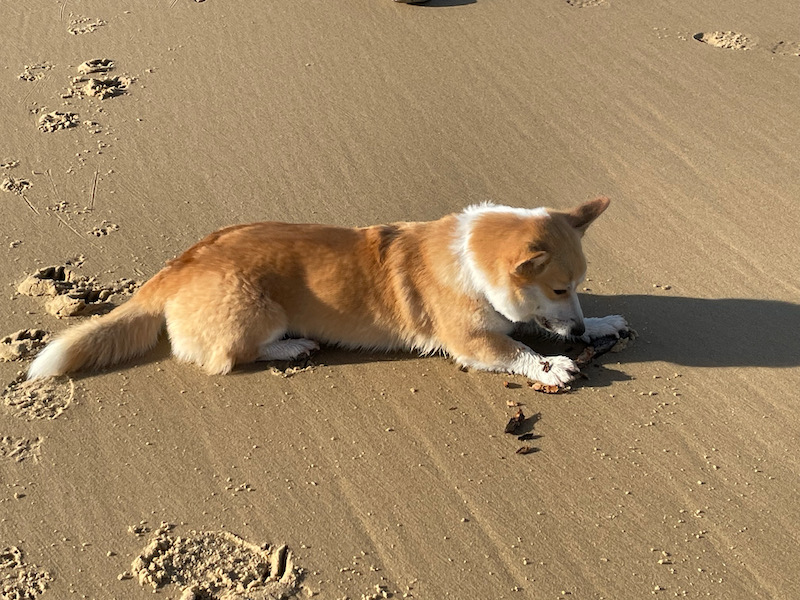
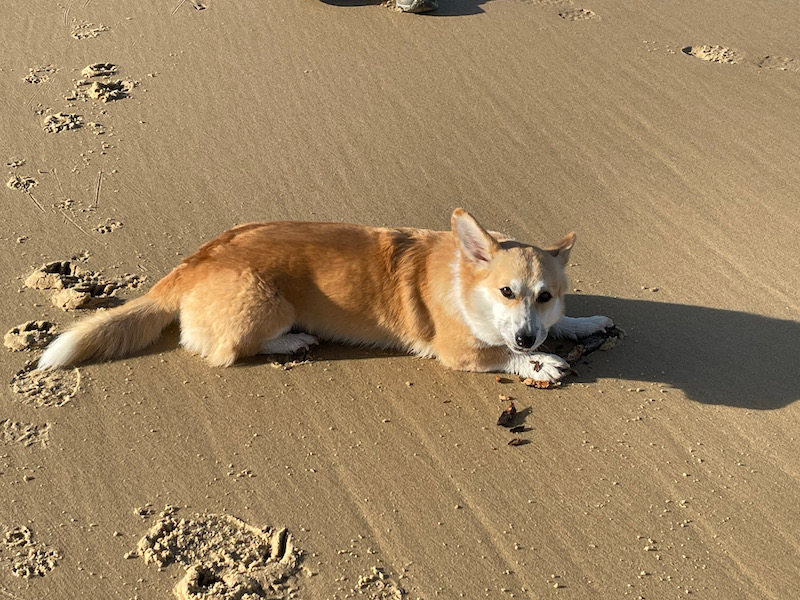
I liked this picture, which shows the erosion that had taken place, quite recently if I understood correctly from the B&B owner.
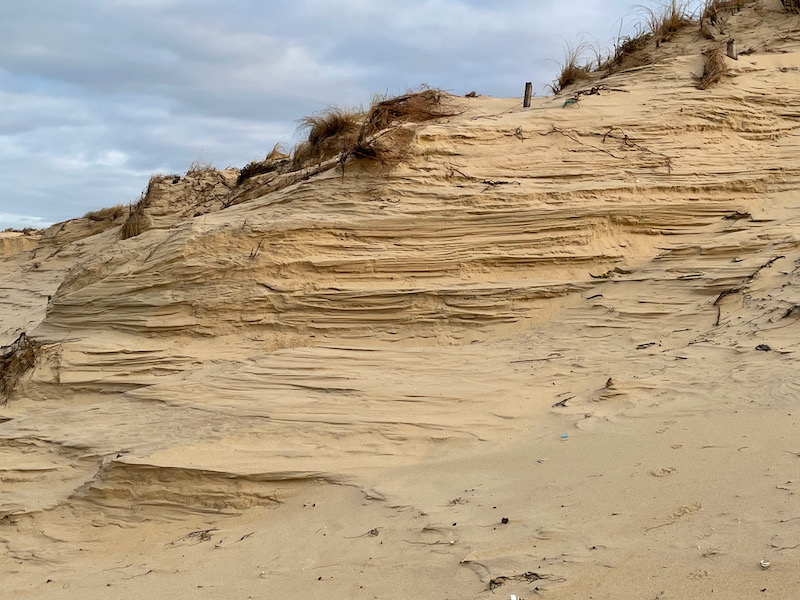
Between 1942 and 1944, the Germans built an extensive system of coastal fortifications along the western coast of Europe, from the Spanish border to northern Norway, as a means of preventing - or at least delaying - the anticipated Allied invasion of mainland Europe from Great Britain. The system was known as the Atlantikwall and, by June 1944, it was composed of almost 15,000 bunkers with over 3,000 guns. While the northern coast had the strongest fortifications, there were a number of bunkers all the way down to this area. Some towns, like Lacanau Océan, destroyed the remaining bunkers on their beaches ... I guess reminders of WWII weren't what the seaside resort wanted. Around Cap Ferret, they have decided to preserve them.
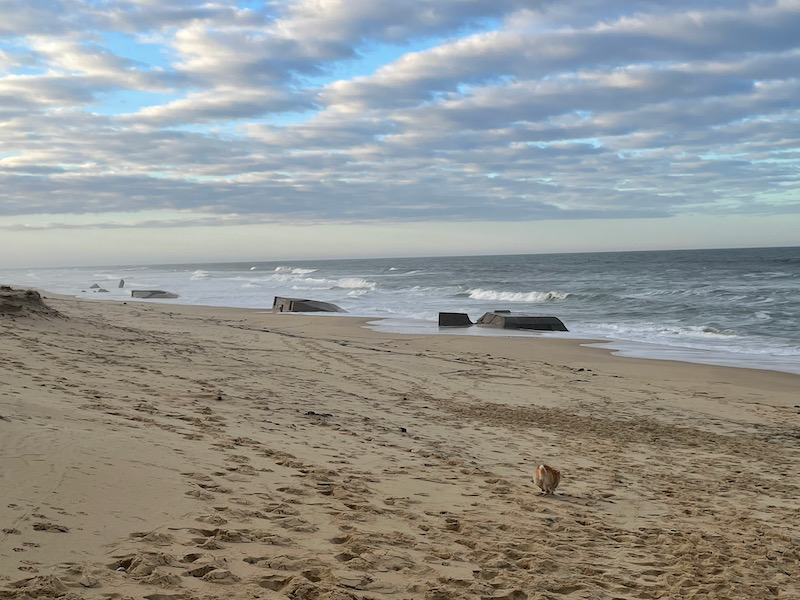
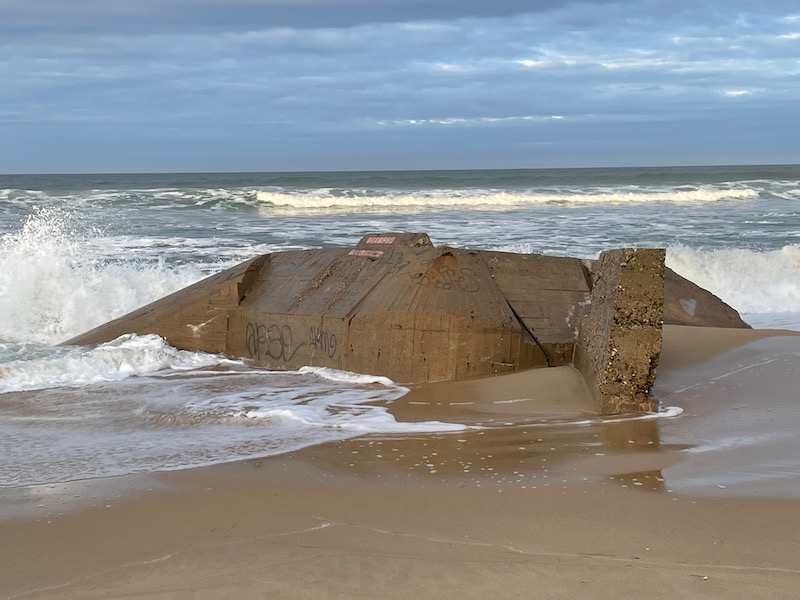
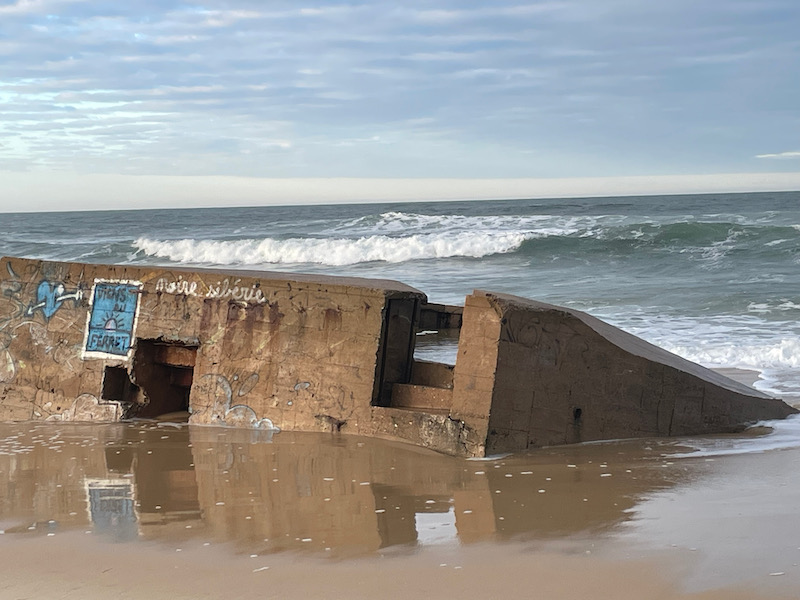
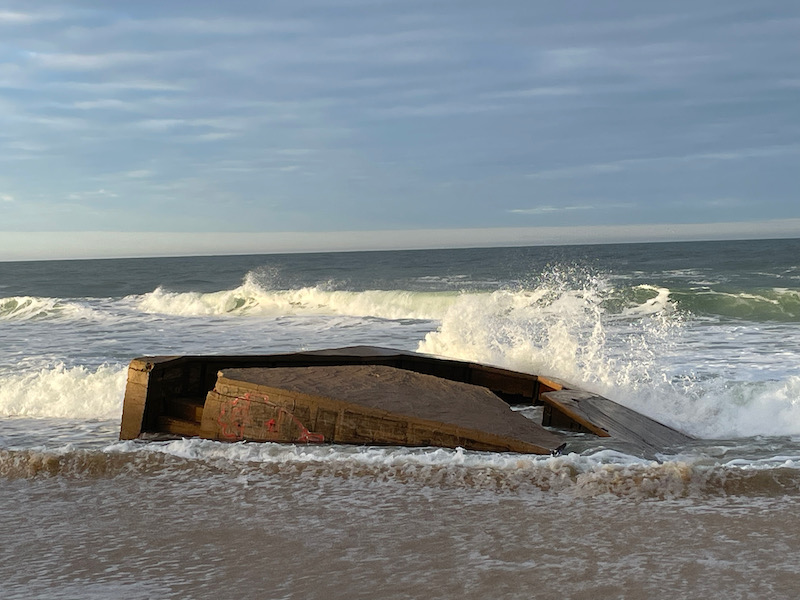
This one is further inland, actually within the dune itself.
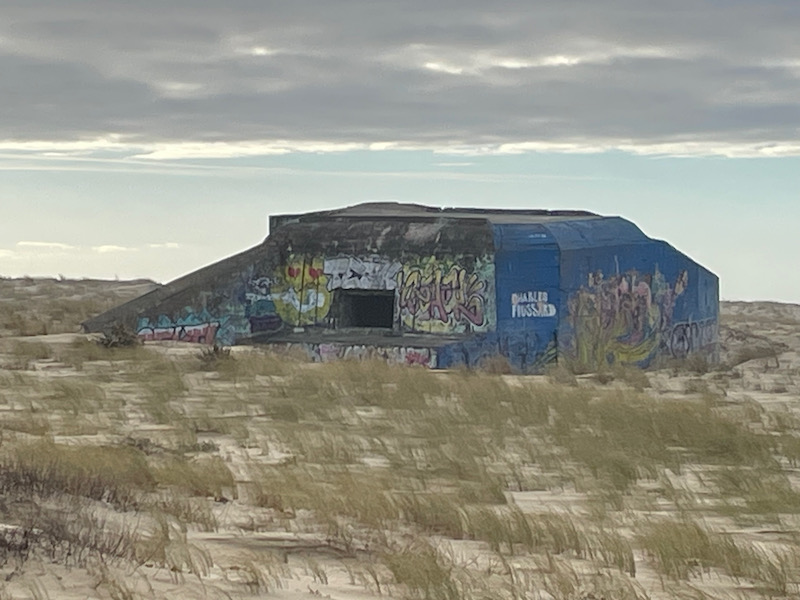
Then a quick stop at a little fishing village, named l'Herbe. There are rows of small cabins that used to be, and still are, inhabited mostly by oyster farmers. We only took one picture, since we felt a little weird walking through these little paths where people lived.
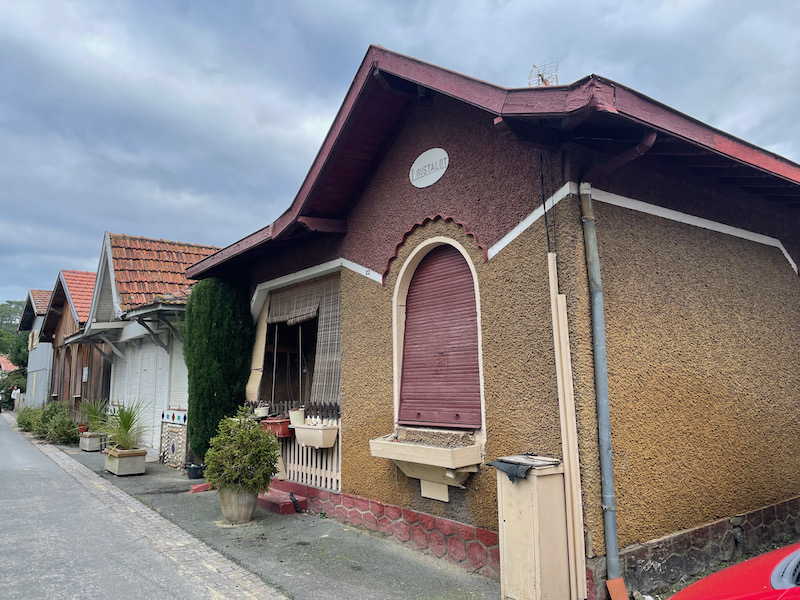
The Sainte-Marie-du-Cap chapel, known as the "Algerian chapel", is the only surviving element of a vast estate built by Léon Lesca, a public works contractor on his return from Algeria in 1864. It was completed in 1885. The neo-Moorish style building was part of the “Orientalizing” architectural movement which developed in the Arcachon basin in the second half of the 19th century. On the bell tower, an original connection between the cross and the crescent moon, a Latin inscription “Gloria Deo” and a second in Arabic, translated as “welcome to you”. The polychrome coloring, the presence of ceramic tiles with geometric and floral motifs, and the use of the horseshoe arch, all illustrate the influence of the Moorish style. Unfortunately, it was not open while we were there (a side-effect of going on off-season).
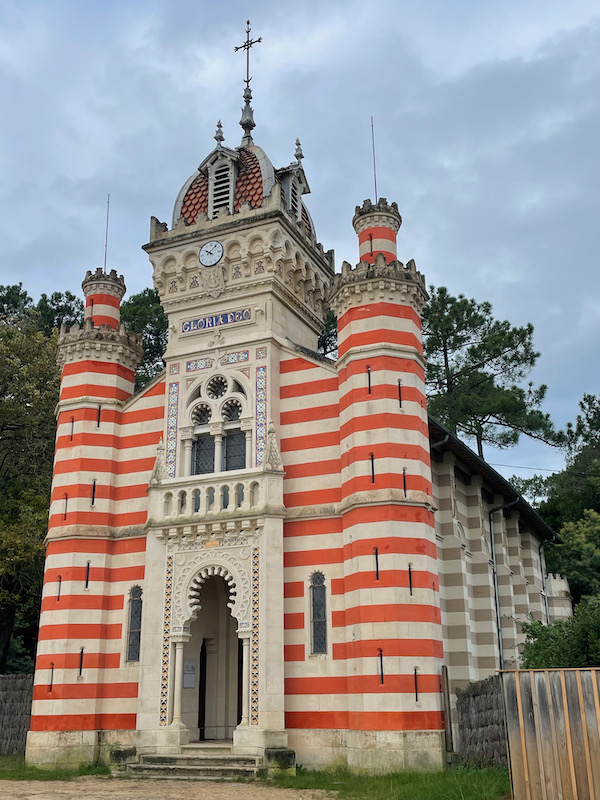
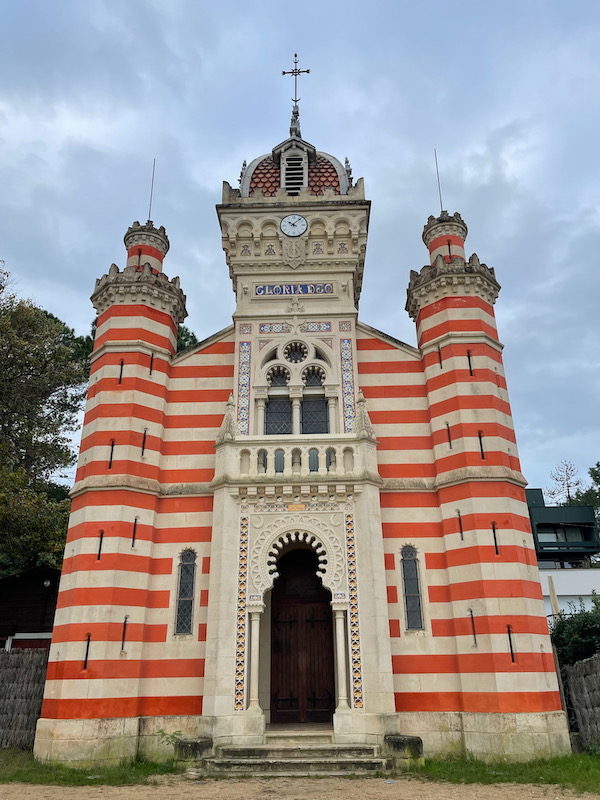
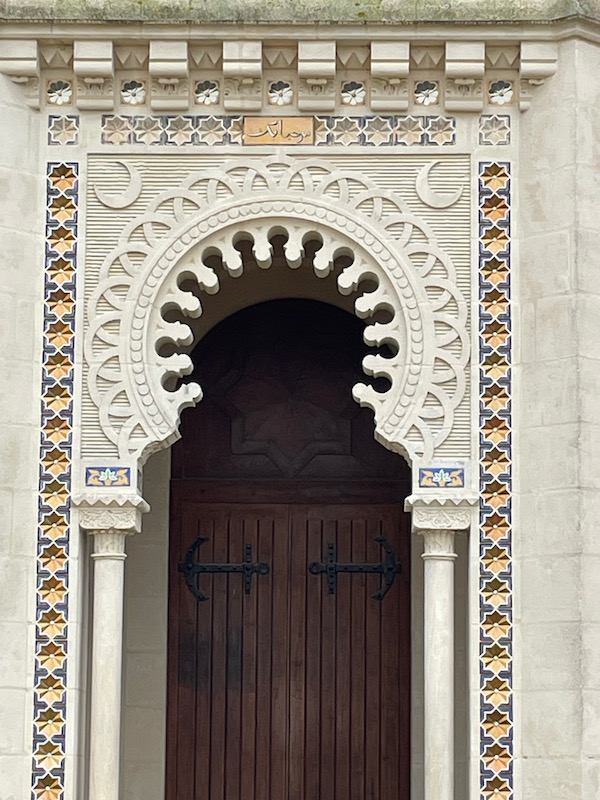
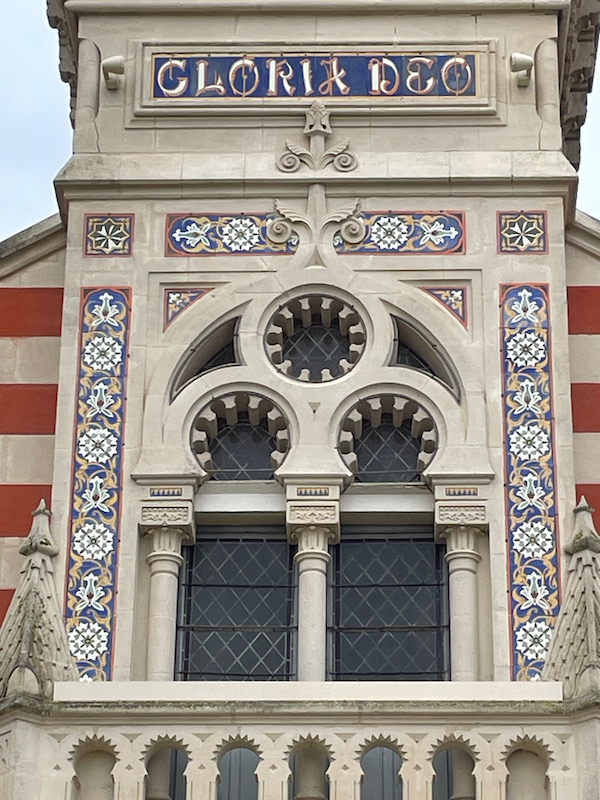
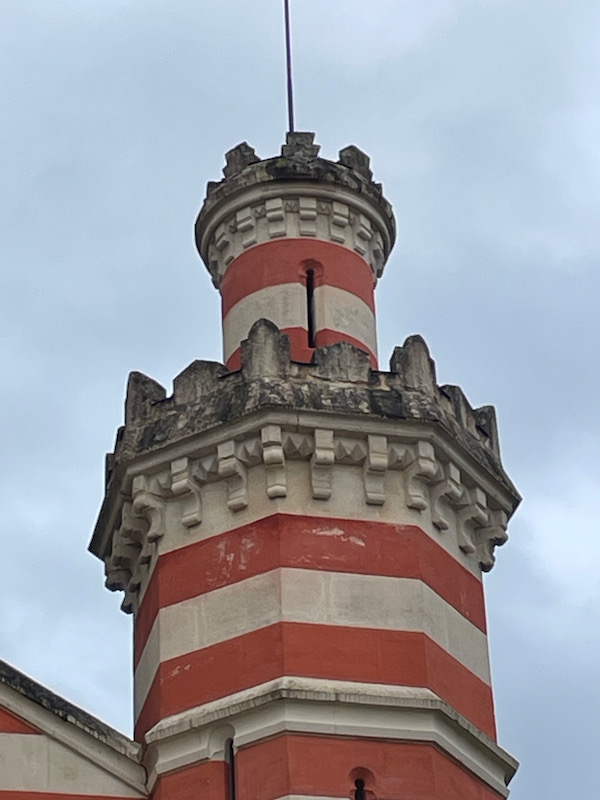
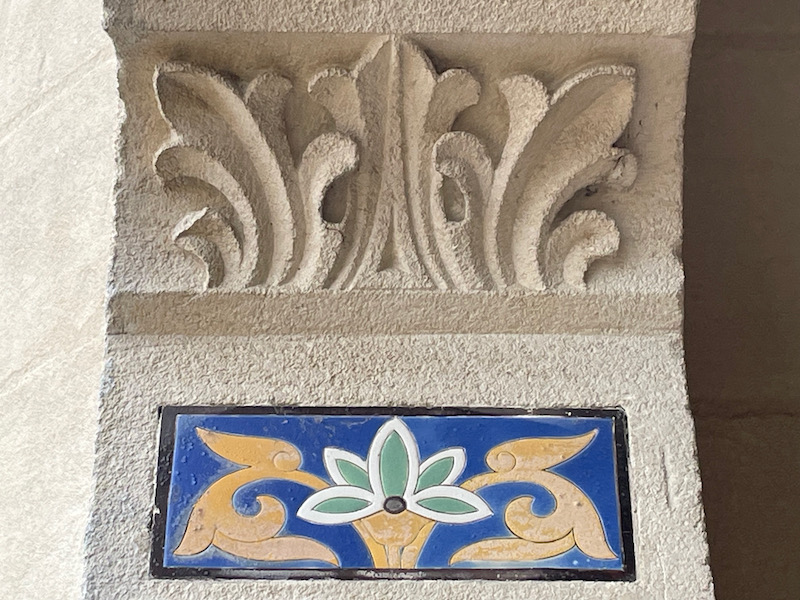 We also visited the not-so-seaside resort of Andernos-les-Bains, which is on the Arcachon Basin.
We also visited the not-so-seaside resort of Andernos-les-Bains, which is on the Arcachon Basin.